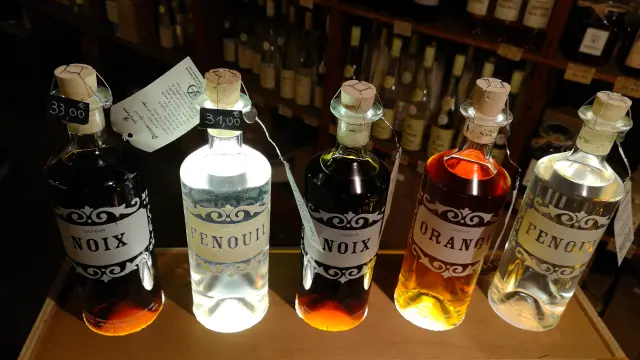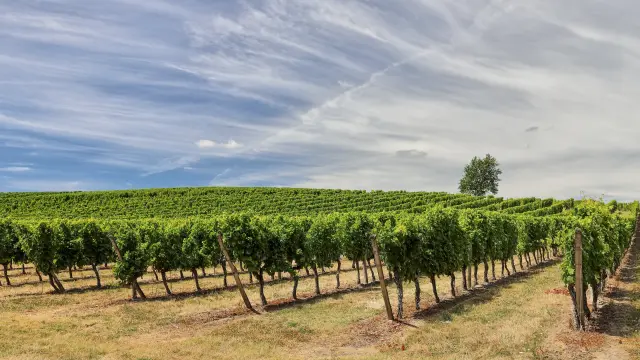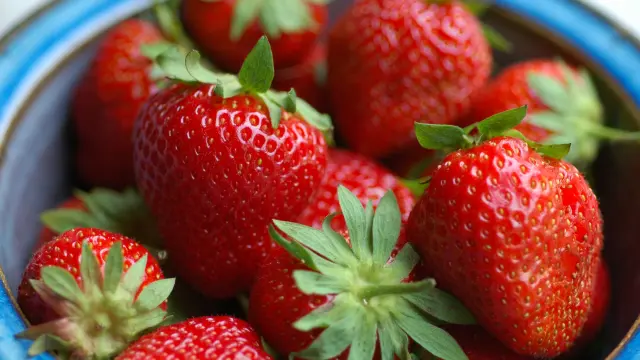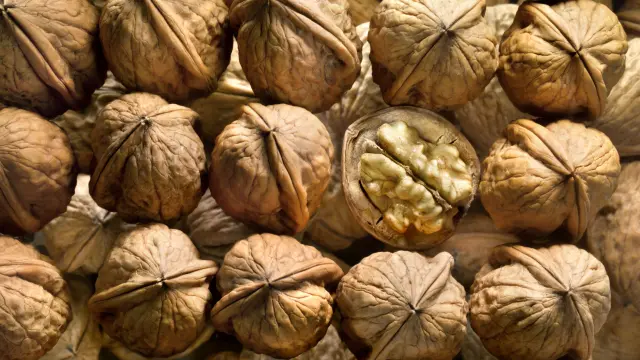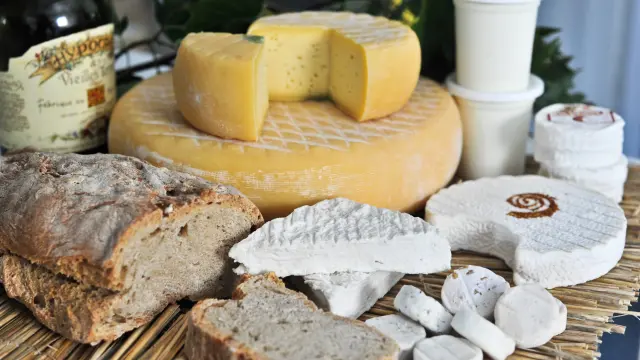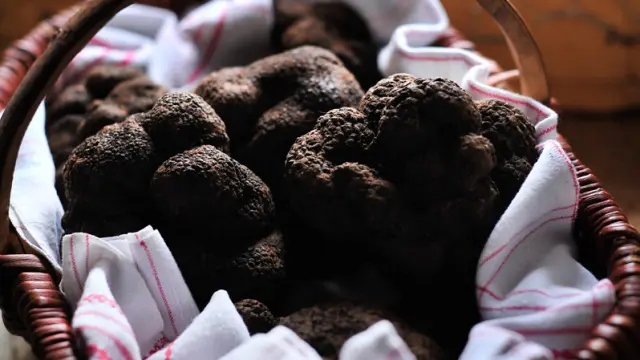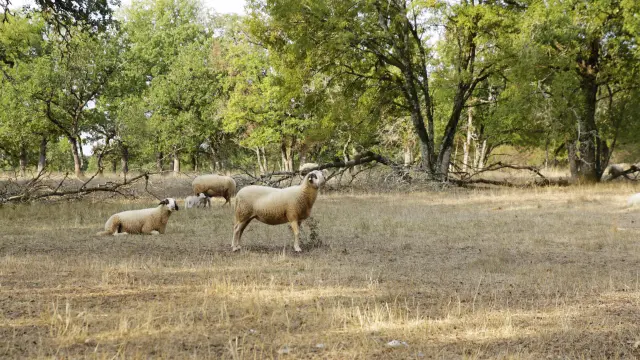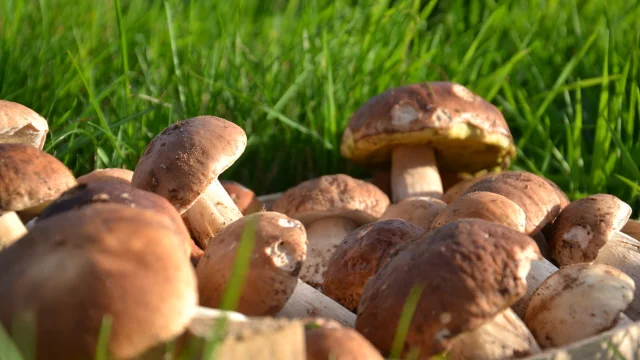A rich, buttery, delicate slice of Heaven that has been served in French households for centuries on end. The picturesque valleys along the Dordogne River are famous for their culinary richness with farm-produced foie gras at the top of any local or visitor’s shopping list.
Belonging to the protected cultural and gastronomical heritage of France, it’s no surprise that 79% of the world’s foie gras is made in the country with 90% of producers residing in the Dordogne Valley.
 Foie Gras Ory0131.jpg
Foie Gras Ory0131.jpgFoie Gras
Behind the Scenes of a French DelicacyWhat is foie gras ?
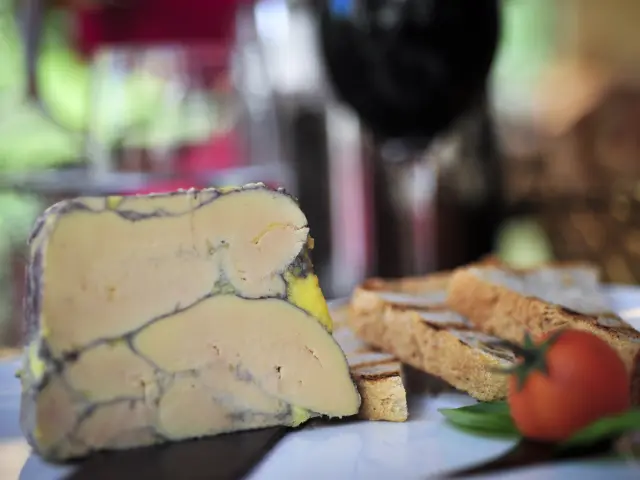
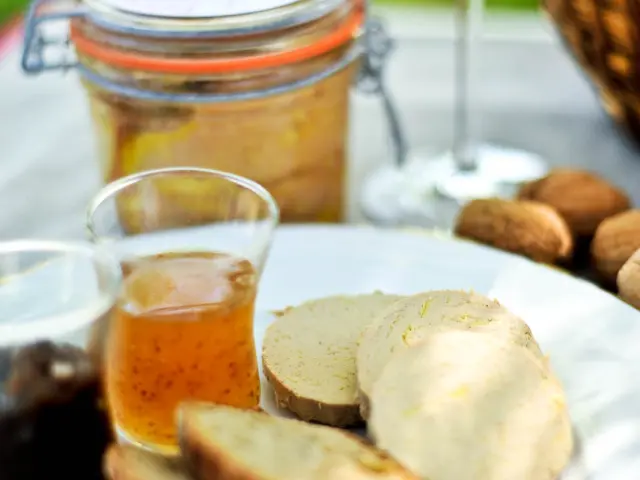 1506593853 1369960743.jpg
1506593853 1369960743.jpgA delicacy originating in Ancient Egypt
Foie gras came to be farmed by the Egyptians who discovered that ducks and geese that had gorged themselves on maize and other crops, in preparation for the autumn migration, had large and nutritious livers. This method, commonly used in the countryside, was essential to ensuring a supply of meat at a time when there were no freezers.
It is the foodstuff that leaves the table divided. On one side, those who consider the fatty goose liver the ultimate delicacy. On the other, those whose plates are pushed aside as their thoughts turn to the practice of ‘gavage’ or force-feeding. The process of foie gras production is enshrined in French law to ensure the birds are not harmed and in a region where farmers are evangelical about their foie gras, the well-being of their livestock is of upmost importance.
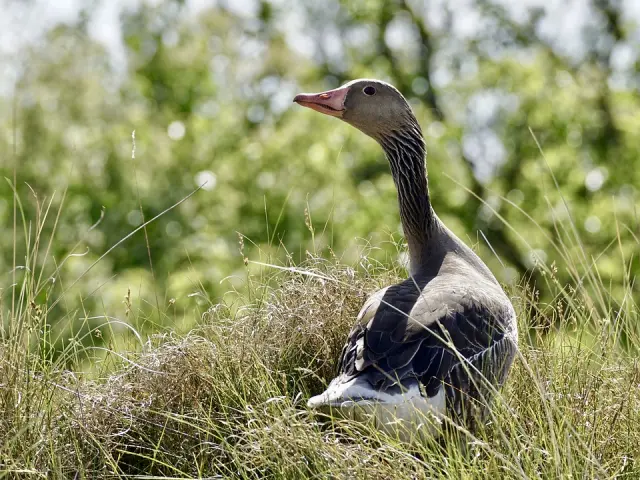 1506593853 530518998.jpg
1506593853 530518998.jpg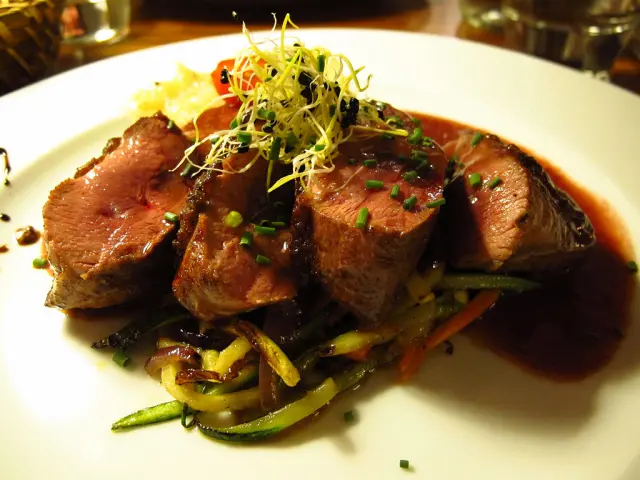 1506593853 126780229.jpg
1506593853 126780229.jpgAnimal welfare
The tradition of farming ducks and geese for foie gras is often a family affair in the South-West with old methods passed down from generation to generation to ensure a happy life for the animals and tasty end product for the consumers.
Many farmers in the Dordogne take pride in the stress-free life they give to their geese compared to other chemical-fed, factory-produced poultry that don’t have the luxury of a free-range upbringing. With farmers seeing through the whole process, from day-old ducklings to the meat delicacy sold on market stalls, the region’s perfect weather conditions allow for animals to spend their time outdoors and to be fed with local maize.
As a traveller in the Dordogne, the presence of foie gras is overwhelming but also opportunistic. Farmers who raise the geese are never more than a hillside away and are always ready to welcome strangers to the farm to look for themselves. For those still sitting on the fence, a visit to a farm like La Campagnoise should put your mind at ease when greeted by flocks of birds waddling around a yard of tall grass, cooling themselves in the shade of walnut trees.
Once the process is over, it would be wrong to leave any wastes: the liver, of course, for the various forms of foie gras, the breasts or ‘magrets’ are sold fresh or dried, the giblets are confited (cooked and preserved in the duck fat) as are the legs and wings.
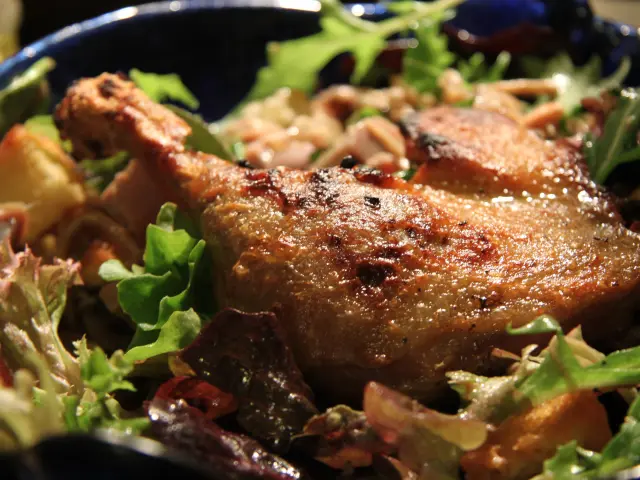 1506593853 2030787211.jpg
1506593853 2030787211.jpg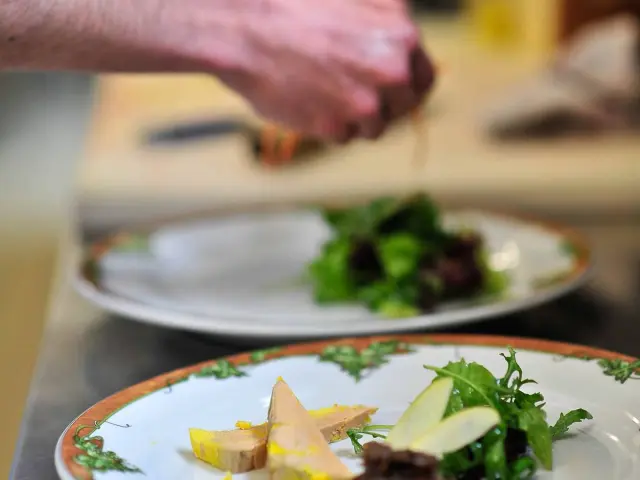 1506593853 830785843.jpg
1506593853 830785843.jpgBest ways to enjoy foie gras
Foie gras is everywhere in the Dordogne Valley and can be sold whole, prepared into a mousse, parfait or pâté. If you buy a block of ‘mi-cuit’, make sure you cut it with a warm knife and serve it up cold with a slice of thick walnut bread, a dollop of fig jam and a large glass of mellow white – yum!
It would be next to impossible to enter a grocery store without passing a shelf full of foie gras varieties or a market without strolling past an incredible spread of fresh and tinned products.
Restaurants have their say in the matter too, offering various traditional dishes or modern twists on the old classic. When weekly markets take over the Dordogne’s pretty rural towns, farmers fill the medieval streets with foie gras and other tasty seasonal products that are available at that time.
Every year, Sarlat holds the gluttonous 3-day festival ‘Fest’oie‘ which is entirely dedicated to the region’s web-footed emblem. Events include a 15-course banquet, market animations, live music and 200 geese running wild in the town centre… (bet you’ve never seen that before!)
From November to March, the village of Thiviers holds numerous Marché au Gras where you can pick up a range of liver, pâtés and mousses from local farmers.
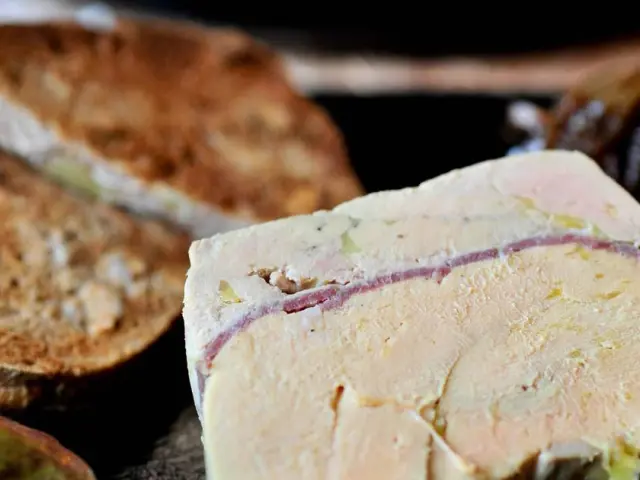 1506595339 933725038.jpg
1506595339 933725038.jpg